India
The Dharavi neighborhood in Mumbai — Asia’s largest informal settlement — is located on prime real estate. Many people who live there now are under pressure to relocate to an area near a toxic landfill.
By Raksha Kumar, Reporting Fellow
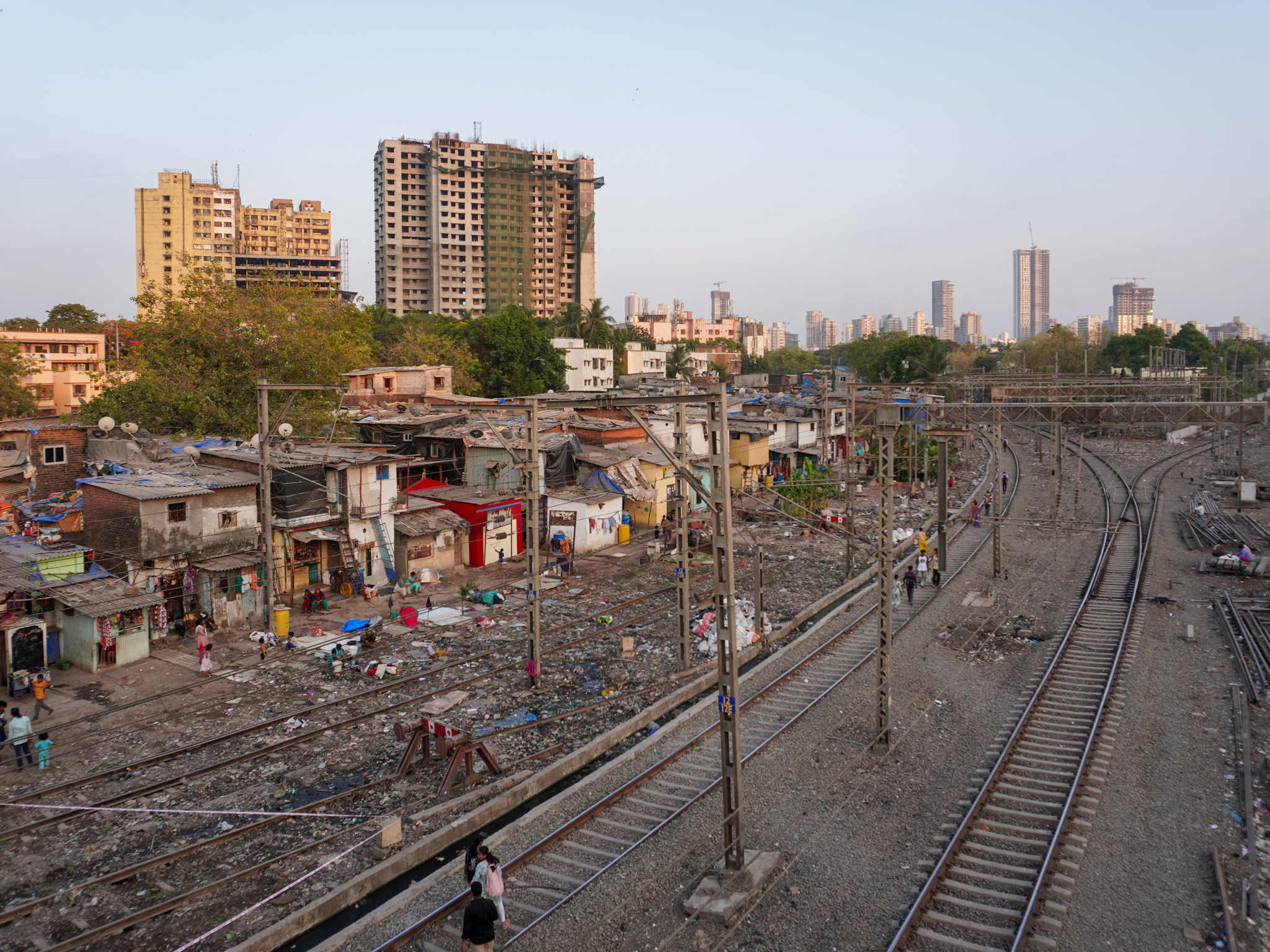
MUMBAI, INDIA — At the center of India’s financial capital, Mumbai, lies the tightly packed neighborhood of Dharavi. Open drains, squeezed living quarters, naked electrical wires overhead and narrow pathways define the area.
The Adani Group, headed by one of the richest people in Asia, is now set to turn Dharavi into a modern township, complete with roads, schools, parks, hospitals and housing enclaves. The multinational conglomerate pledged an initial investment of 5,069 crore rupees (about US$1.7 million) and proposes to sell a little more than 40% of the area in the open market.
Some residents fear gentrification, while others fear displacement.
“Either way, Dharavi will cease to exist as it does now,” says Khursheed Sheikh, a leather jacket seller who has lived in Dharavi since the early 1990s.
The Adani Group did not respond to multiple requests for an interview.
The neighborhood is flanked by two major rail lines that connect the north and south of the city, making it a sought-after piece of land for real estate developers.
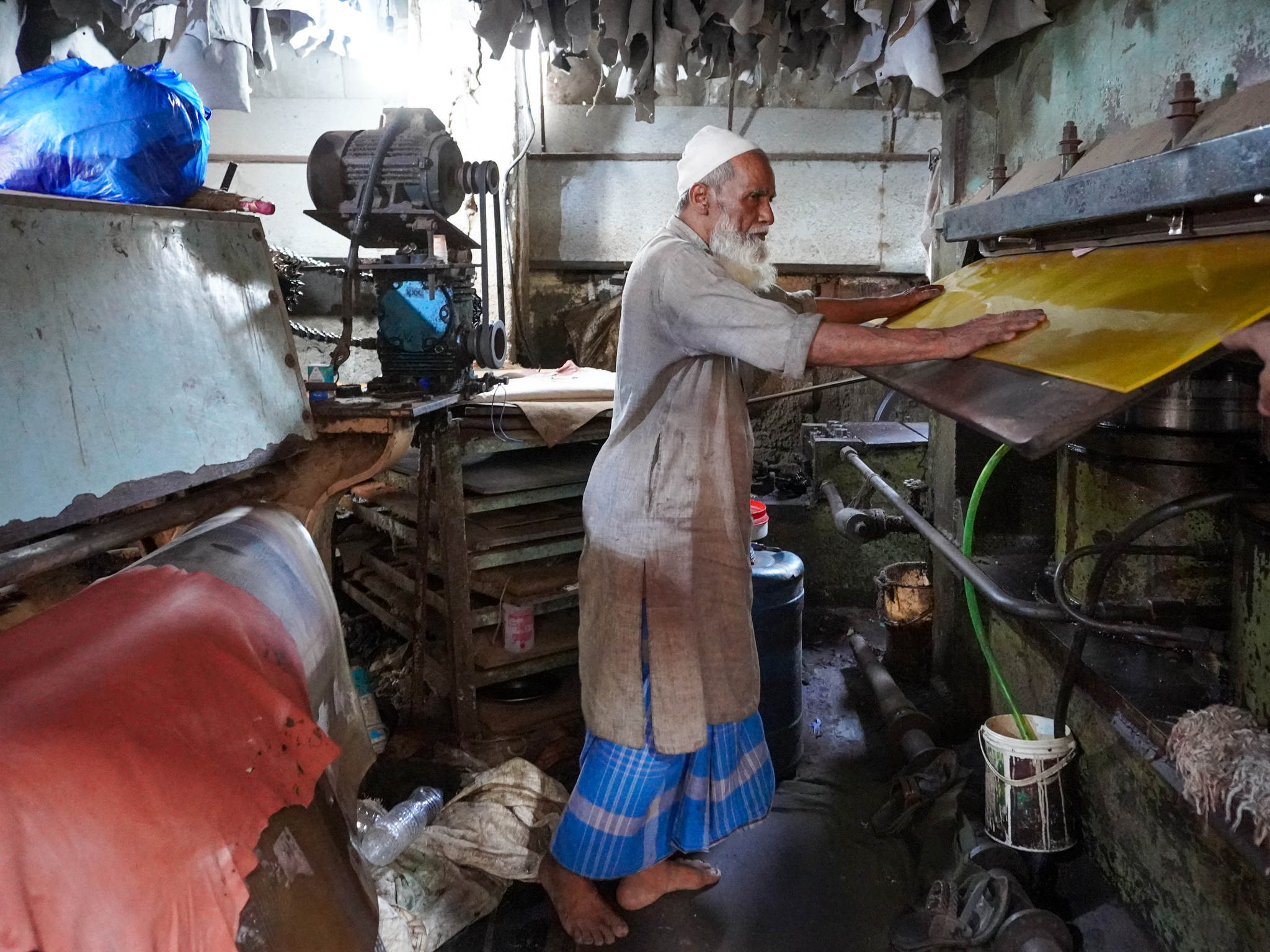
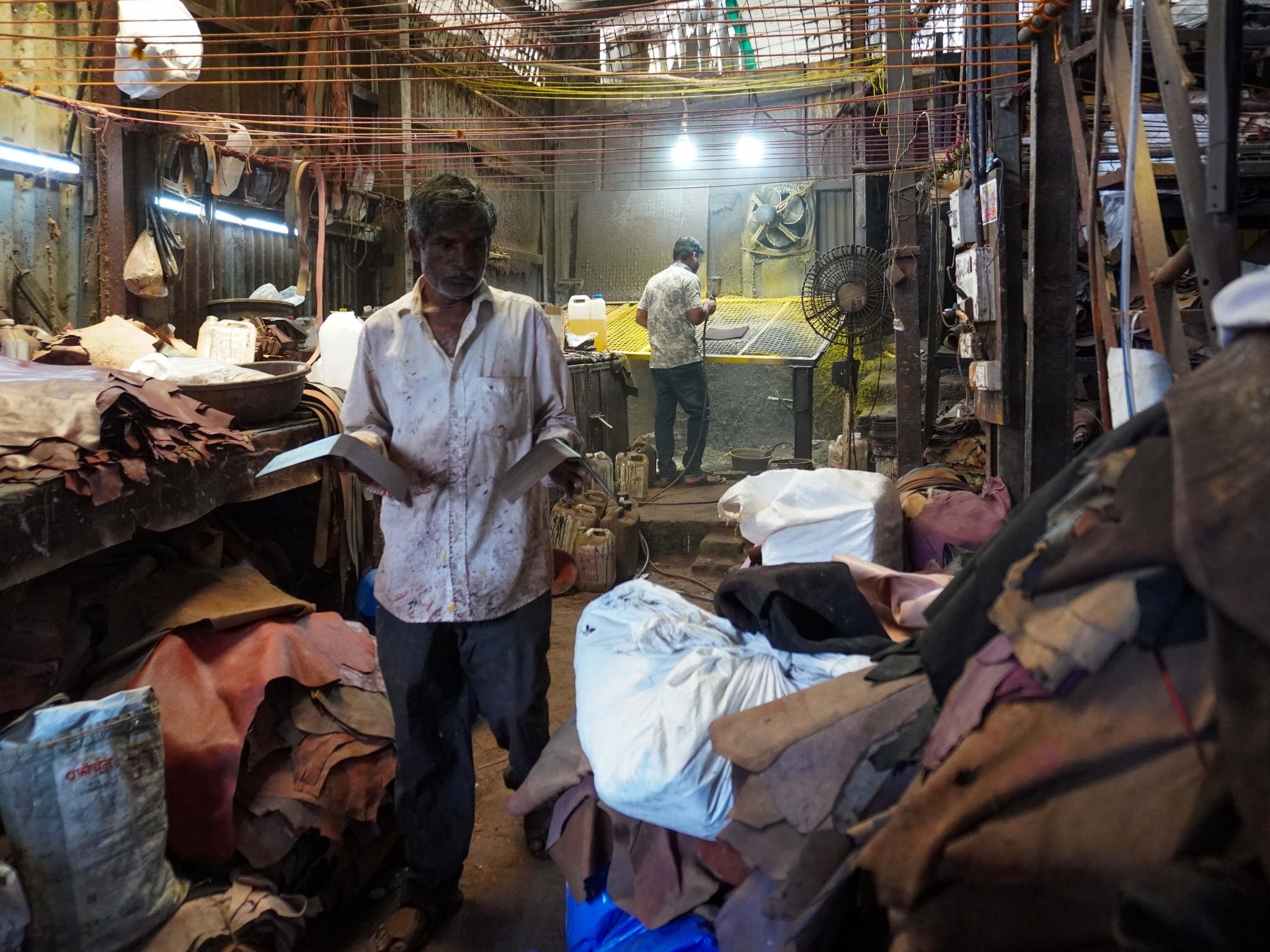
Dharavi is a thriving economic hub, with thousands of small businesses powering industries like leather and textiles. These workshops are deeply embedded in the community and have been passed down through generations. Together, they contribute an estimated US$1 billion in annual revenue.
Often referred to as Asia’s largest informal settlement, more than 1 million people live and work in Dharavi. By many accounts, small businesses in Dharavi — such as waste recycling, pottery, tannery, textile dyeing and others — contribute over US$1 billion in revenue every year. Dharavi contains about 20,000 mini factories.
Over a century, multiple communities like fishers, potters and tanners cleared out the marsh, built their homes and started small businesses, until informal markets packed every street of Dharavi.
Today, Dharavi also is home to a large migrant population, drawn by its affordability.
“We get good and nutritious breakfast for 20 rupees [US$0.23],” Sheikh says.

It’s not just food. Living costs in Dharavi are cheaper across the board than the rest of Mumbai, which has some of the highest rents in the country.
Residents fear that redevelopment will make Dharavi unaffordable. Some have already seen the evidence. Abdul Kalam, who has a hardware store in Dharavi, watched as a new 16-floor building crop up beside his shop three years ago. A local builder demolished some houses to build the high-rise. Since then, rents in the building and those surrounding it rose by 25%, he says.
“Imagine what will happen when Adani develops the entire area,” he says.
The area is a complex ecosystem where families have lived for generations and formed a culture that is unique to the place, residents say.
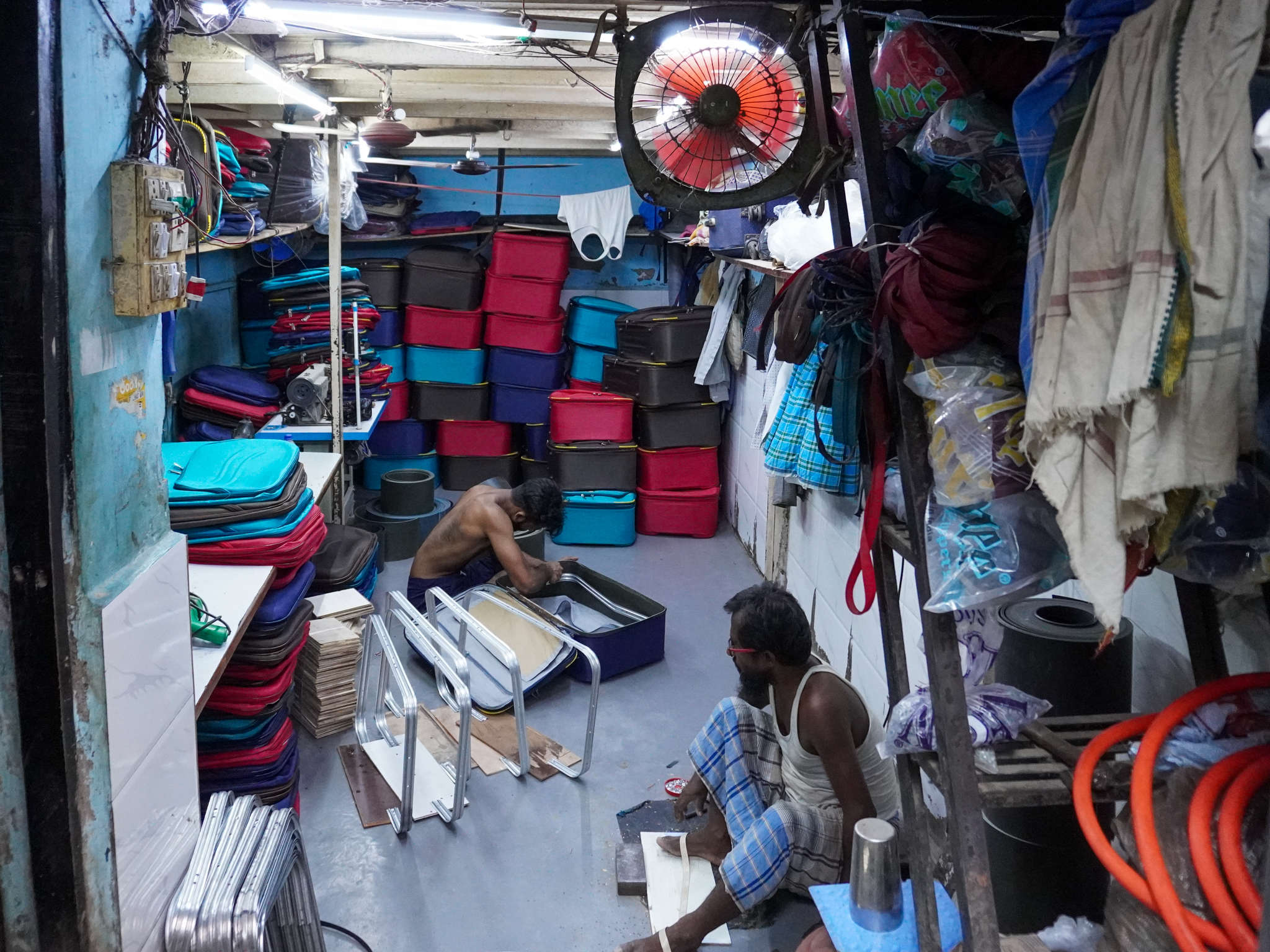
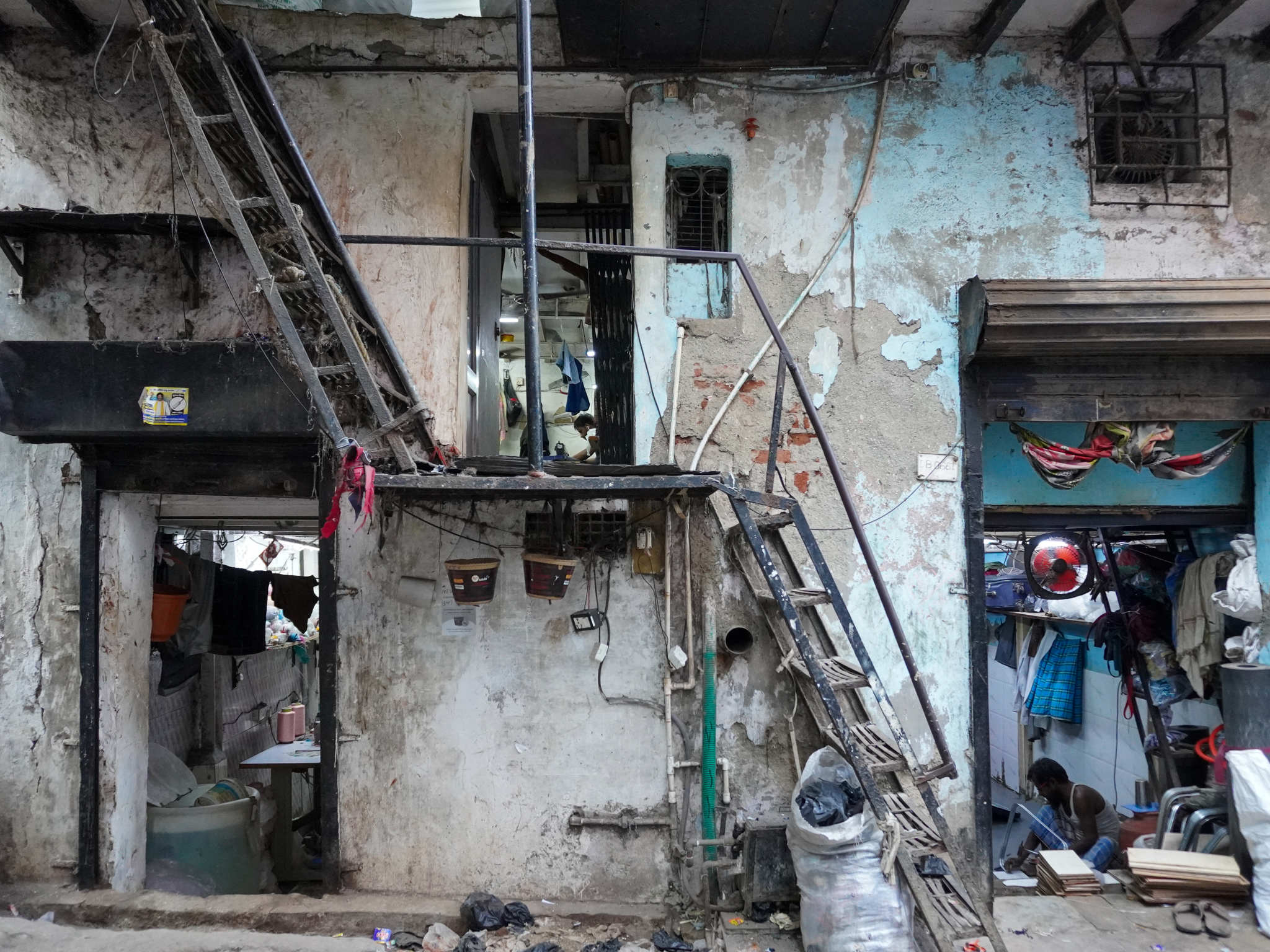
Homes and workspaces in Dharavi are compact, with little ventilation or sunlight. But residents have adapted, maximizing every inch for both living and industry. The layout reflects the resilience and ingenuity of those who have built lives here.
“A potter makes the pots,” says Adam Kasam Jala, who is a third-generation potter living in Dharavi. “He passes them on to women in the neighborhood who paint them for a small cost. They pass it on to others who pack them into boxes. Boys pick them up and sell them in shops that are on the main road.”
If Dharavi is razed to the ground to build big buildings, this ecosystem that provides extra income to those who need it most will be lost, he says.
The Adani Group, meanwhile, characterizes the potential change as a positive one.
“What I do have are good intent and an iron will for a human-centric transformation with the people of Dharavi at its center,” Gautam Adani, founder and chairman of the Adani Group, wrote in his official blog.
Of the people who live and work in Dharavi, an estimated 50,000 to 100,000 are being offered free land about 10 kilometers (6 miles) away, near the Deonar landfill.

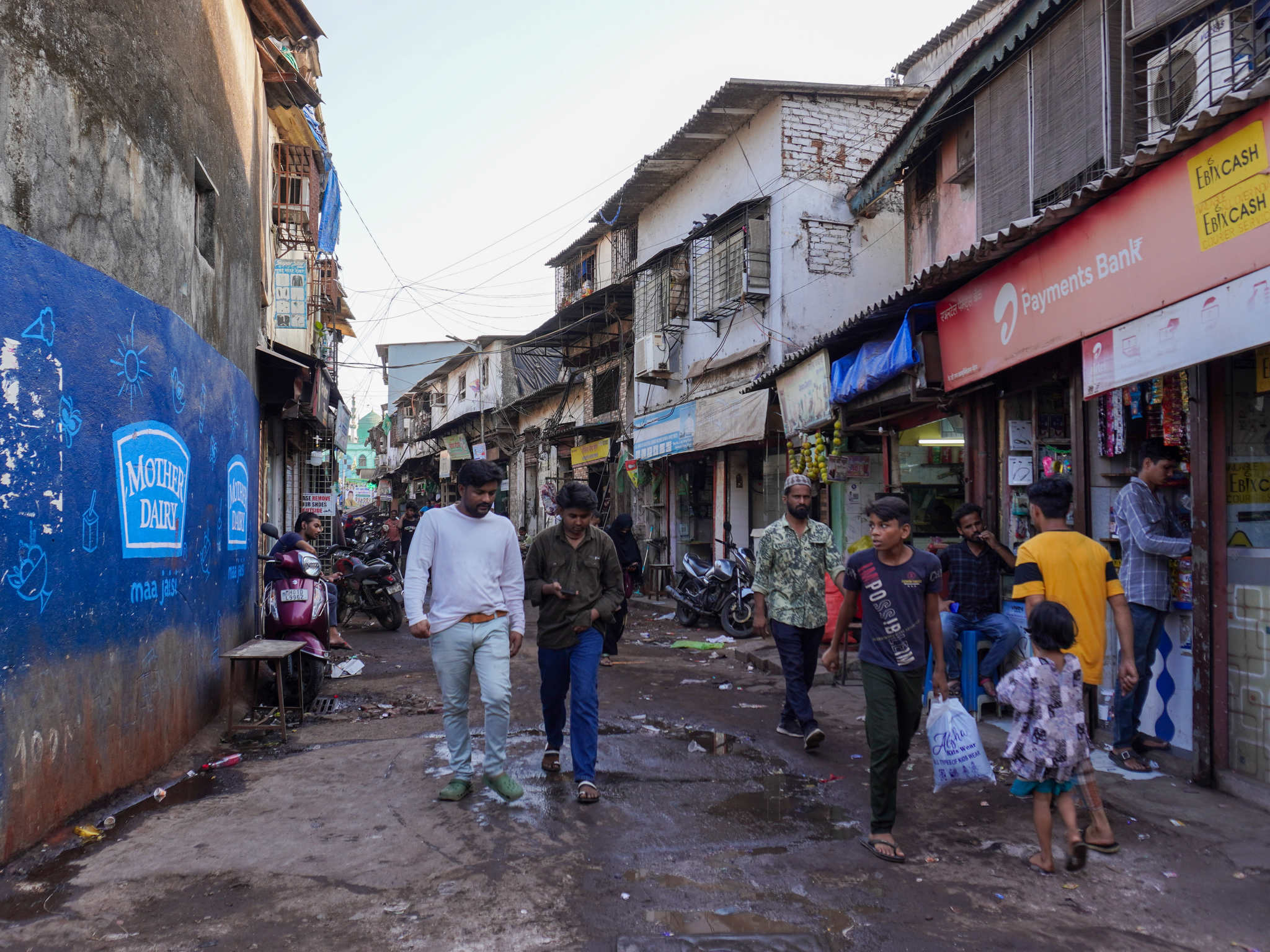
High-rises like the one at left are rare in Dharavi — and controversial. Residents say tall buildings don’t accommodate the work they do, which often involves large equipment, outdoor drying, or sorting materials. Many oppose vertical redevelopment for fear of losing both their jobs and their homes.
“If we accept it, we’d be signing our death warrant,” says Dr. Javed Ahmed Khan, a general physician who has lived in Dharavi for over 30 years. “That is an active landfill and emanates harmful gases.”
There is at least 20 million metric tons of waste in the landfill at the moment, which the city plans to clear to accommodate those displaced from Dharavi.
A study commissioned by the local government shows that the level of toxicology indicators at the landfill is up to four times the permissible limits prescribed by the Central Pollution Control Board.

After years of signing petitions against the redevelopment, many residents of Dharavi say they’ve given up. But not all. Khan, Kalam, Sheikh and others are part of an informal group of residents who have come together under the informal banner of Dharavi Bachao Andolan, meaning “save Dharavi,” to protest redevelopment plans.
“But, at the very least, seek reasonable compensation,” Khan says.
Editorial Team
Reporter:
Editor:
Fact-Checker:
Copy Editor:
Photo Editor:
Raksha Kumar is a Shifting Democracies Fellow based in India. An award-winning multimedia journalist, she is known for her work on human rights, land and forest rights, and media freedom. She has reported from over 100 districts across India for major publications including The New York Times, BBC, The Guardian, NPR, Foreign Affairs, and The Hindu. Raksha is the recipient of the Chameli Devi Jain Award for Outstanding Media Personality, the British Council Achievers Award, and the UNFPA Laadli Media Award for Gender Sensitivity. A Fulbright Scholar, she holds a master’s degree from Columbia University’s Graduate School of Journalism and a postgraduate diploma in International Human Rights Law from the National Law School of India University.
